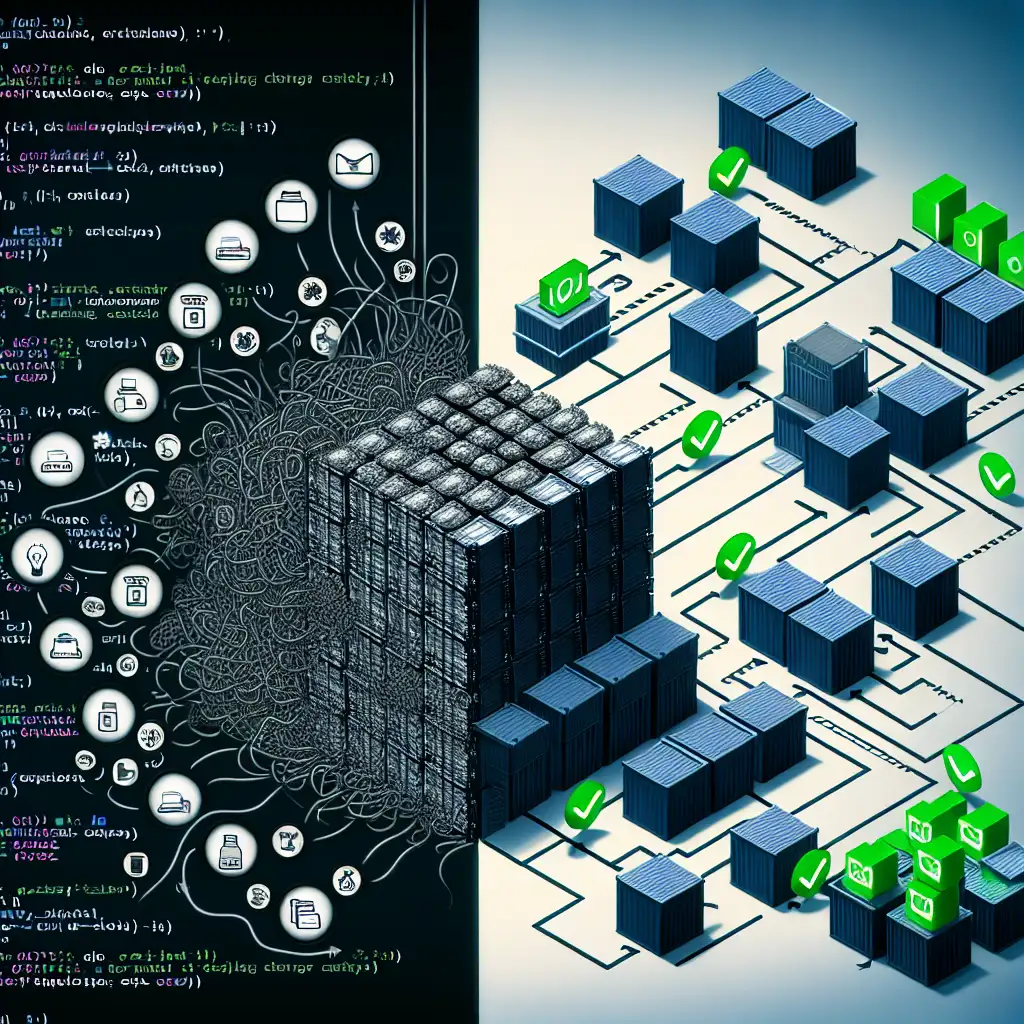Integrating Docker Into Everyday Workflow: Practical Guide
Consider the following: code review finishes, feature merged, but QA encounters issues that never appeared locally. Configuration drift and inconsistent dependencies sabotage confidence and waste cycles—classic “works on my machine” syndrome. Docker, properly integrated, eliminates these variables. It goes well beyond single-image packaging; the target is identical, reproducible environments at every phase—coding, testing, deployment.
Beyond Basic Containerization
Most projects “Dockerize” only partially—building images for prod but not embracing containers earlier. The difference: adopt Docker for daily dev, for CI test runners, for running supporting databases, for packaging artifacts. Critics worry about performance or developer friction; but with the right patterns, overhead drops to negligible.
Why Bother?
- Host Parity: Application + DB + cache, all containerized, eliminates surprise discrepancies.
- Onboarding Time: Full environment spins up from zero with one command.
- Isolation: Local machine pollution (leftover binaries, orphaned processes) disappears.
- Pipeline Uniformity: CI, staging, and production operate with identical runtime builds.
Step 1: Construct a Reliable Dockerfile
Here’s a streamlined Dockerfile for a Node.js (18.x) service:
FROM node:18.18-alpine
WORKDIR /usr/src/app
COPY package.json package-lock.json ./
RUN npm ci --omit=dev
COPY . .
ENV NODE_ENV=production
EXPOSE 3000
CMD ["node", "index.js"]
Notes:
npm cienforces lockfile fidelity—considerably more deterministic thaninstall.--omit=devkeeps images minimal.- Alpine images reduce footprint but may cause issues for packages with native dependencies (e.g., bcrypt); compile errors? Try
node:18-slim. - Build context (
COPY . .) can sometimes leak unwanted files—use.dockerignore:
node_modules
*.log
.git
Step 2: Compose for the Real World
Development isn’t just the app. Consider cache layers, databases, search. A practical docker-compose.yml:
version: '3.8'
services:
app:
build:
context: .
dockerfile: Dockerfile
ports:
- "3000:3000"
volumes:
- .:/usr/src/app
- /usr/src/app/node_modules # Prevents host node_modules from masking container's
environment:
- NODE_ENV=development
depends_on:
- mongo
command: npm run dev # nodemon or ts-node-dev typical
mongo:
image: mongo:6.0.13
ports:
- "27017:27017"
volumes:
- mongo-data:/data/db
volumes:
mongo-data:
Trade-off: Docker volume mounts offer live code reload—excellent for Node.js, sometimes quirks with file events on WSL2/macOS. Occasional need to clear volumes if the data schema changes. Restart containers if modules seem stale.
Step 3: Hide Complexity Behind Scripts
No one should type multi-line Docker commands repeatedly. Hide skeletons in Makefile or package.json scripts:
"scripts": {
"dc:up": "docker-compose up --build",
"dc:down": "docker-compose down -v",
"dc:test": "docker-compose run --rm app npm test",
"dc:logs": "docker-compose logs -f app"
}
Gotcha: docker-compose run creates a new container every time—resetting state. For stateful testing, use exec into the running container or rely on persistent volumes.
Or, Makefile for UNIXy teams:
up:
docker-compose up -d --build
down:
docker-compose down -v
test:
docker exec -it $$(docker-compose ps -q app) npm test || true
logs:
docker-compose logs -f app
Step 4: Multi-Stage Docker Builds: Minimalism for Production
Keep deploys svelte and secure. Stop shipping gigabytes of build tools. A multi-stage Dockerfile (same example, Node.js):
FROM node:18.18-alpine AS builder
WORKDIR /usr/src/app
COPY package*.json ./
RUN npm ci
COPY . .
RUN npm run build
FROM node:18.18-alpine AS runtime
WORKDIR /usr/src/app
COPY package*.json ./
RUN npm ci --omit=dev
COPY --from=builder /usr/src/app/dist ./dist
USER node
EXPOSE 3000
CMD ["node", "dist/index.js"]
Known Issue: Some libraries (node-gyp-built) require non-Alpine base at runtime. Test before deploying to production.
Step 5: Pipeline Integration
Integrate Docker builds and tests directly in CI/CD for reproducible deployments. Example: GitHub Actions configuration fragment:
jobs:
build_and_push:
runs-on: ubuntu-22.04
steps:
- uses: actions/checkout@v4
- name: Build Docker image
run: docker build -t myapp:${{ github.sha }} .
- name: Run tests inside container
run: docker run --rm myapp:${{ github.sha }} npm test
- name: Push to registry
env:
DOCKER_PASSWORD: ${{ secrets.DOCKER_PASSWORD }}
DOCKER_USERNAME: ${{ secrets.DOCKER_USERNAME }}
run: |
echo "$DOCKER_PASSWORD" | docker login -u "$DOCKER_USERNAME" --password-stdin
docker tag myapp:${{ github.sha }} myrepo.com/myapp:${{ github.sha }}
docker push myrepo.com/myapp:${{ github.sha }}
# Deployment steps intentionally omitted.
# Error handling: "Error response from daemon: pull access denied" typically means wrong registry or missing login step.
Step 6: Externalize Configuration (Override and .env Patterns)
Never bake secrets or environment-specific data into images.
.env:
MONGO_URL=mongodb://mongo:27017/main
NODE_ENV=development
PORT=3000
docker-compose.override.yml example:
services:
app:
env_file:
- .env
To override for staging/production:
docker-compose -f docker-compose.yml -f docker-compose.prod.yml up
Side Notes
- Alternative: Some teams adopt Tilt or Skaffold for hot-reloading local clusters. Worth considering for multi-service setups.
- Volume Cleanup: Old data, especially from stateful services (Postgres, Mongo), can persist across runs. Use
docker volume ls/pruneroutinely. - Image bloat: To inspect image size, use
docker images --format "table {{.Repository}}\t{{.Tag}}\t{{.Size}}".
Why This Works
By unifying dev, test, and deploy environments, Docker builds trust in every stage. Teams observe fewer pipeline reversals due to “invisible” infrastructure changes. Developers cut onboarding from hours to minutes. Debugging inside containers resembles production far more closely.
But not perfection—sometimes, network file systems or OS-level subtleties still emerge. Stay alert. Automated checks and regular pruning keep the system healthy.
Actual mono-repo adoption has its own quirks; Docker helps, but orchestration (k8s, ECS) is still needed for production-scale multi-service deployments.
Questions on non-Node stacks (Python, Go, .NET), multi-container orchestration, or handling persistent database snapshots? There’s no single “best pattern”, but these techniques provide a robust, portable baseline.
